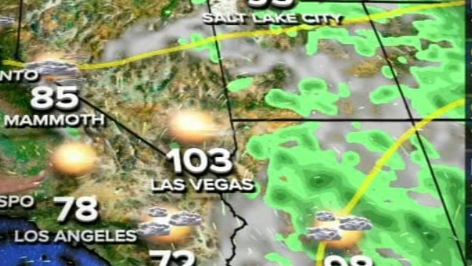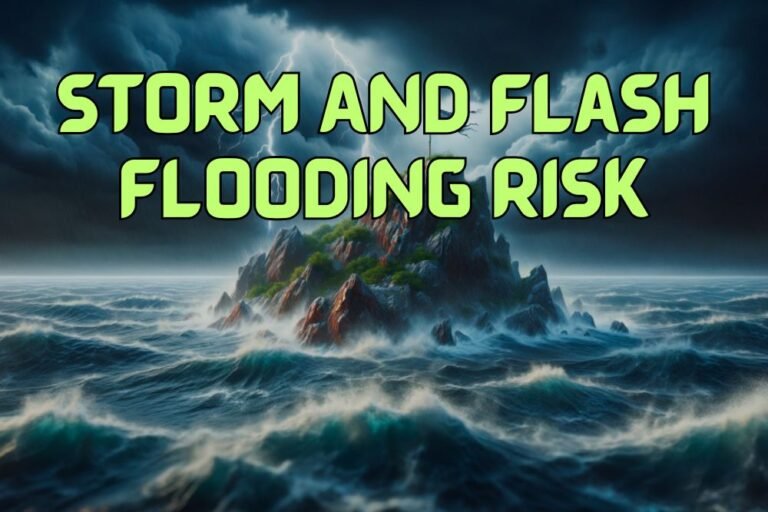Strongest Cold Front of the Season to Send Temperatures Plummeting Across U.S. — Below Zero in Dakotas, 20s in Texas and Oklahoma
OKLAHOMA CITY, OKLAHOMA — A massive Arctic cold front is sweeping across the United States this weekend, delivering the coldest temperatures of the season and freezing conditions to nearly 72% of the country by Sunday morning.
Forecasters say the powerful front will plunge temperatures well below normal from the northern Plains to the southern states, with subzero lows in parts of the Dakotas and teens and 20s stretching as far south as Texas and Oklahoma.
Widespread Freeze Across the Nation
According to new data from the National Digital Forecast Database (NDFD), most of the central and eastern U.S. will wake up Sunday to freezing or below-freezing temperatures.
- Dakotas & Northern Plains: Temperatures will fall below zero, with lows between -5°F and -10°F expected in parts of North and South Dakota.
- Nebraska & Kansas: Single digits and low teens are forecast, marking one of the earliest widespread freezes in recent years.
- Texas Panhandle & Oklahoma: Lows in the teens and 20s will grip the region, with areas near Dallas–Fort Worth likely seeing their first official freeze of the season.
- Central & South Texas: Morning lows are expected to hover between 30–35°F, with parts of the Gulf Coast near 40°F.
“This cold front is no joke — it’s sweeping across nearly three-fourths of the U.S. with the kind of temperatures we normally don’t see until midwinter,” meteorologists said Friday evening.
Coldest Air of the Season
The front began pushing southward late Saturday and will continue its march through the central U.S. overnight. By Sunday morning, temperatures will have dropped 30–40 degrees in some areas compared to earlier in the week.
The coldest air will linger into Monday and Tuesday, with forecasters expecting Monday to be the coldest day overall for much of the Plains and Midwest.
“This Arctic blast has all the hallmarks of a deep winter outbreak,” forecasters said. “We’re even watching for the potential of light snow or flurries across the Texas Panhandle and western Oklahoma early next week.”
Travel and Safety Concerns
The rapid drop in temperatures could lead to slick roadways, especially in areas that saw rain before the freeze. Motorists are advised to drive cautiously and prepare vehicles for cold-weather conditions.
Officials recommend residents take precautions to prevent damage from the freeze:
- Protect outdoor pipes and faucets
- Bring pets and plants indoors
- Check on elderly neighbors or those without reliable heating
In rural areas, ranchers and farmers are being urged to safeguard livestock and ensure water supplies remain unfrozen, as wind chills could drop well below freezing across the southern Plains.
Cold Push Continues South
By Sunday night and into Monday, the cold air mass will continue pushing south, potentially reaching the Gulf Coast. Highs early next week will struggle to break the 40s in many southern cities, with near-freezing mornings expected as far south as southern Louisiana and coastal Texas.
Meteorologists warn that this early-season cold blast could signal a pattern shift toward a colder December overall.
“It’s the strongest cold front we’ve seen so far, and it looks like the start of a much more active winter pattern,” weather experts explained.
While no major snowfall is expected across the southern states, light snow or freezing drizzle cannot be ruled out for parts of the Texas Panhandle and Oklahoma late Sunday into Monday morning.
Looking Ahead
As the cold front settles, forecasters expect temperatures to slowly moderate by midweek, though highs will remain below seasonal averages for most regions. Another system could bring renewed cold air by the following weekend.
Residents are encouraged to stay weather-aware, keep space heaters safely positioned, and monitor official updates as conditions evolve.
Stay tuned for further updates on this developing cold wave at SaludaStandard-Sentinel.com.







